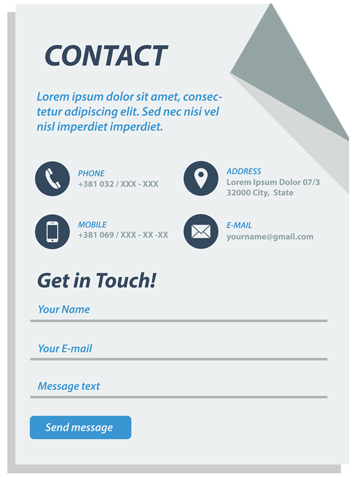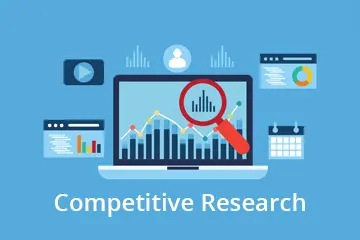Collect Your Visitor's Information
From contact forms to newsletter sign ups and lead generation forms, you should be collecting your customer's contact information. In a day and age that cookies are becoming a thing of the past, being able to reach your customers directly is even more important. What should you collect from your website visitors and when, will be the focus of today's blog. At this point you should already have a domain, a website and are driving traffic to your business.
While you may be familiar with newsletter sign up forms, do you have one on your site? If not, why not? If you don't already know, a newsletter sign up prompt that activates a few short seconds after the page loads is the best way to grab your visitor's contact information. Then, if you offer a checkout discount and promise not to sell their information, you can even increase the likelihood they will provide it. At this stage, though, don't ask for more. No name or phone number, just their email address.

Next, and often overlooked, is your website's contact page. Ideally, this page can be used by current and prospective customers. On this page you can ask for more detailed information like the customer's phone number, name, contact subject and a full message in their own words. Worried about spam? Include a captcha, like the free one from Google, and you're set. This page really is essential to your website and should not be skipped or skimped on. If set up correctly, you can even route the type of communication to the right people in your company.
Whether the lead form is on your website or being displayed on a social network, these forms should contain at least as much information as your contact form. On this type of form, you should be asking the harder questions. Mix up yes and no questions with multiple choice, drop downs, free form text and checkboxes. Make sure that the information you gather is helpful in understanding your customers better. You can even set up these forms with qualifying questions that only allow approved visitors to access your calendar.
The last type of contact I'll cover is your customers. The forms they fill out not only give you the same information that your other forms do, it also gives you an idea of the types of products and services you offer that they like. As these contacts have already purchased from you, you need to make sure that they are included in your email marketing and social marketing efforts. Not only can your customer purchase list provide you with ways to get return sales, they can also be used to create lookalike audiences to find similar people who would be interested in your products or services.
While you can't always guarantee the information provided on a form is accurate, it doesn't mean you shouldn't still be asking for it. Don't ask for too much information at the wrong time, and remember any touch point becomes something you can grow.
 Pinterest
Pinterest Twitter
Twitter Facebook
Facebook

